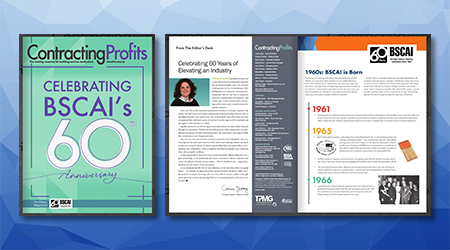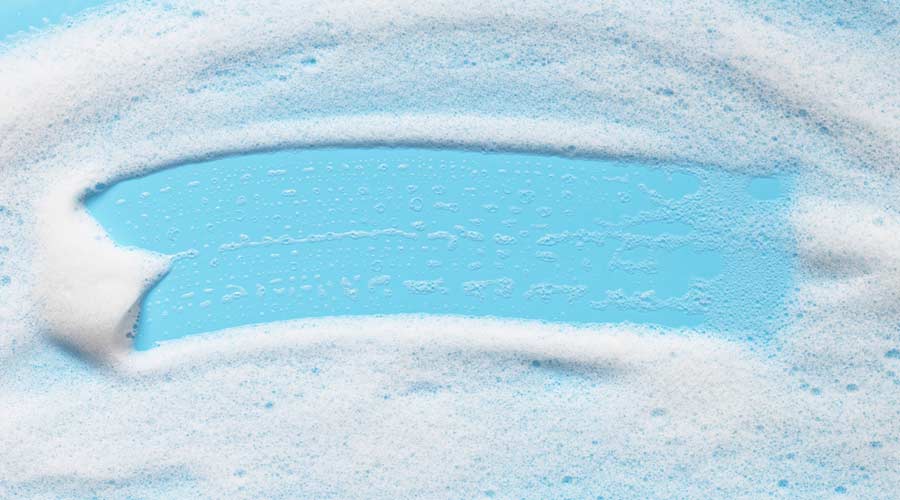
As summer winds down, now is the perfect time for members of the professional cleaning industry to make their business more efficient and cost-effective, says Steve Ashkin, advocate for sustainability in the professional cleaning industry.
By conducting a Post-Summer Sustainability Assessment, “industry professionals can identify summer-related issues that could become significant, costly problems if not addressed,” says Ashkin. "Addressing these concerns now not only saves money but also reduces environmental risk and waste.”
Here's Ashkin’s checklist of key tasks to include in an assessment, each linked to sustainability and long-term savings:
Water Systems & Structural Integrity
- Eliminate water damage immediately: Leaks waste millions of gallons of water and risk thousands in structural damage. Water damage also compromises indoor air quality, creating health risks and potential liability.
- Restore hardscape surfaces: Cracked sidewalks and parking lots look unprofessional and accelerate deterioration. Addressing cracks extends surface life, preventing costly full replacements.
Building Envelope Protection
- Secure roofs and drainage systems: Clogged gutters create ice dams that can cause roof damage. Preventing gutter ice dams saves an average of $5,000-15,000 in emergency repairs.
- Deep clean all exterior surfaces: Power washing and window cleaning removes corrosive buildup that shortens material lifespan. Clean windows increase natural light penetration by up to 40 percent, reducing daytime lighting costs.
Energy Efficiency Upgrades
- Transform your lighting infrastructure: LED retrofits typically pay for themselves within 18 months through energy savings alone. For outdoor lighting, the payback period is often under 12 months due to extended operating hours.
- Weatherproof your building: Strategic sealing, painting, and caulking creates a thermal barrier that can reduce heating costs by 15-25 percent. This single investment can deliver the highest ROI of any efficiency measure.
HVAC System Optimization
- Maximize system performance: Clean filters and tuned HVAC equipment reduces energy consumption by 10-20 percent while extending equipment life by years.
Safety System Verification
- Ensure emergency preparedness: Functional safety equipment protects helps protect facilities and minimizes the massive costs associated with business interruption, insurance claims, and regulatory penalties.
Fleet and Team Readiness
- Prepare for peak efficiency: Winter-grade fluids and proper tire maintenance improve fuel economy by 5-15 percent during cold months. Low-viscosity oils alone can improve winter fuel efficiency by 3-8 percent.
- Protect your most valuable asset: Proper cold-weather gear is a small investment that protects your staff, prevents costly workers' compensation claims, and helps maintain productivity. Employee illness and injury can cost 3-10 times more than prevention measures.
“A Post-Summer Sustainability Assessment is a powerful way to reinforce your commitment to sustainability and profitability,” says Ashkin. “It’s simply good business.”

 Celebrating BSCAI's 60th Anniversary eBook
Celebrating BSCAI's 60th Anniversary eBook The Down and Dirty on Cleaning in Virus Season
The Down and Dirty on Cleaning in Virus Season How Surfactant Use is Expanding in Commercial Cleaning
How Surfactant Use is Expanding in Commercial Cleaning